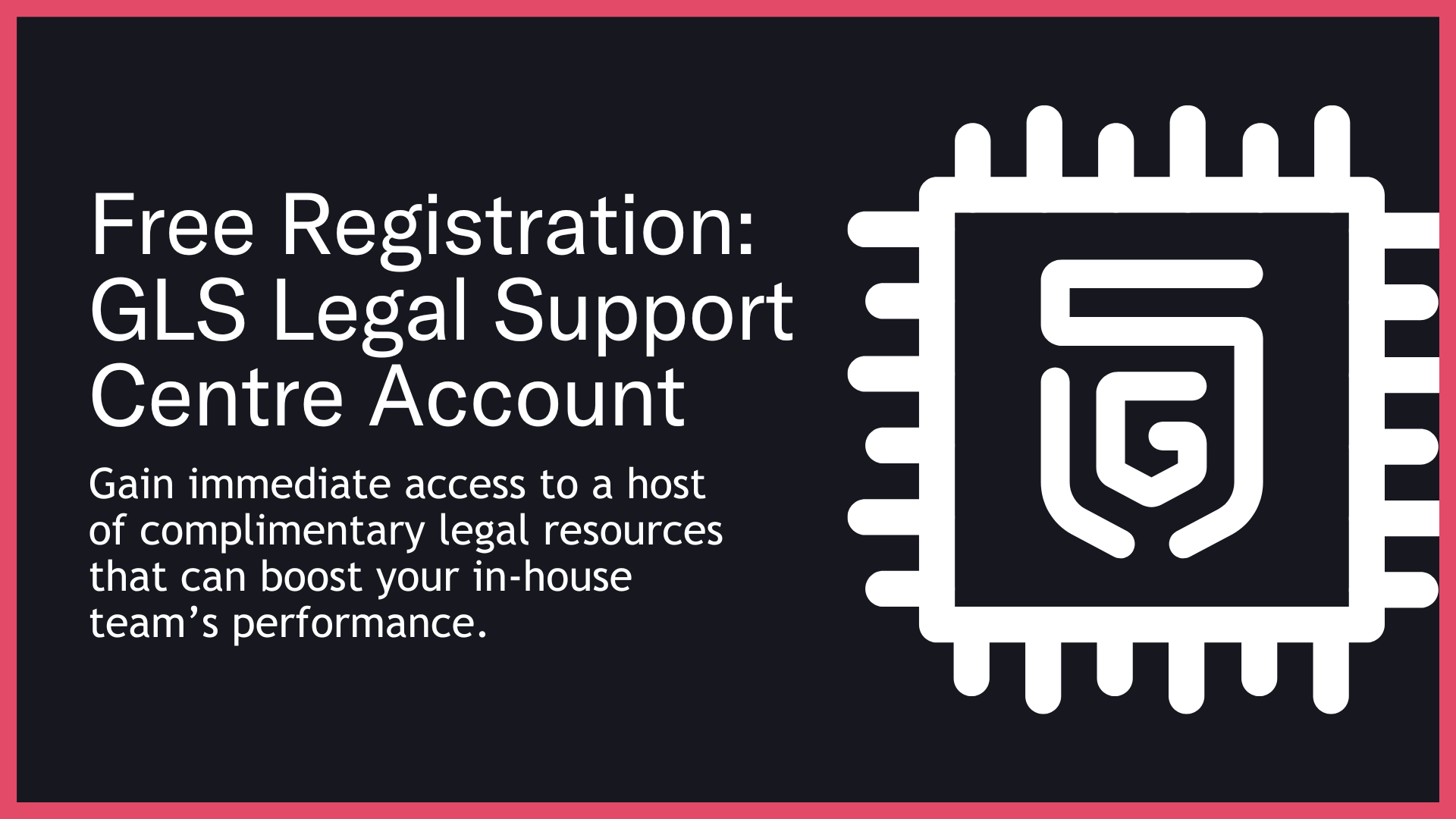GLS Legal Support Centre
Legal Made Easy For Startups
Back
Co. Sec.Team
02Why This is Important
03Consequences of Not Addressing This Issue
04What You Should Be Doing
05Balancing Legal Priorities and The Need to Launch Fast
06How These Risks Can Play Out
07Key Legal Definitions Related to This Issue
08Final Thoughts
09How GLS Can Help You
The Company Secretarial Team – Typical Structures
The size, composition, and capability of the company secretarial team will vary depending on the business’s complexity, regulatory environment, and resources.
Common models include:
◼️Single Officer Model – One full-time or part-time company secretary manages all functions; common in smaller companies.
◼️Outsourced Model – A corporate services firm provides CoSec services; often used by SMEs or overseas entities with minimal local presence.
◼️Hybrid Model – An in-house CoSec supported by external providers for specialist or overflow work.
◼️Full In-House Team – Dedicated professionals covering governance, compliance, filings, and entity management; common in larger or listed companies.
Best Practice Structure for a Busy CoSec Function:
◼️Head of Company Secretariat / Company Secretary – Leads the function, primary adviser to the board on governance matters.
◼️Deputy / Assistant Company Secretary – Oversees operational tasks, meeting preparation, and statutory filings.
◼️Governance Officer – Maintains registers, minutes, and policy updates.
◼️Entity Management Specialist – Handles subsidiary management and cross-jurisdictional compliance.
◼️Compliance & Filings Coordinator – Ensures timely submissions to regulators and exchanges.
◼️Administrative Support – Manages scheduling, document collation, and distribution.
◼️Reporting Lines:
Typically, the Company Secretary reports directly to the Chair of the Board (on governance matters) and administratively to the CEO or General Counsel.
Tip: Smaller start-ups may not need all these roles immediately, but knowing the ideal model will help plan for future scaling.
Why This is Important
This is an important stage of the start-up journey because;
◼️Role clarity: Defined positions avoid duplication or gaps in responsibilities.
◼️Scalability: The team can grow with the company without disrupting processes.
◼️Compliance coverage: More eyes on governance deadlines reduces the risk of breaches.
◼️Board support: A well-resourced team can manage board packs, minutes, and follow-ups efficiently.
◼️Specialisation: Dedicated roles improve depth of expertise in filings, governance, and entity management.
◼️Resilience: Coverage for absences or sudden departures prevents compliance gaps.
◼️Stakeholder trust: A professional team signals strong governance to investors and regulators.
Consequences of Not Addressing This Issue
Legal Implications
- Missed statutory filing deadlines leading to fines.
- Breaches of listing rules due to lack of governance oversight.
Founder Relationship Issues
- Frustration over poor communication of board decisions.
- Misunderstandings on compliance responsibilities.
Commercial Implications
- Loss of investor confidence due to governance slip-ups.
- Slower deal execution when entity documents are missing or outdated.
Operational Implications
- Burnout of a sole CoSec leading to errors.
- Board meeting inefficiencies from poor preparation.
Biz Valuation Issues
- Governance risk flagged in due diligence lowering valuations.
- Potential withdrawal of offers in M&A due to perceived compliance weakness.
The above lists are indicative issues – the relevance of which will depend on your circumstances
What You Should Be Doing
◼️Assess your current model
Identify if your structure matches your workload and regulatory complexity.
◼️Define roles clearly
Write job descriptions to set expectations and accountability.
◼️Plan for growth
Map a scaling plan for when workload or regulations increase.
◼️Invest in training
Ensure all team members are skilled in governance and compliance updates.
◼️Leverage technology
Use entity management and meeting software to streamline workloads.
The above suggestions are just a few of the steps you can consider taking. There are many more things that need to be done to ensure the associated risks are effectively and pragmatically dealt with.
Balancing Legal Priorities and The Need to Launch Fast
Not every start-up can afford a multi-person CoSec team from day one. That’s fine - but be strategic. Even if you outsource now, ensure you understand the best practice model so you can grow into it as the company scales. The cost of under-resourcing governance is far greater than the cost of staffing it properly later.
That said, outsourcing isn’t always the silver bullet it’s made out to be. The market has relatively few cost-effective providers, and the work - while process-driven - can become surprisingly expensive if billed hourly. Moreover, many lawyers avoid full-time CoSec work, limiting the pool of available high-quality talent.
How These Risks Can Play Out
The One-Person Bottleneck – A sole CoSec in a high-growth tech firm misses key filing deadlines during an investor roadshow; the regulator issues fines and investors question the company’s maturity.
The Outsource Oversight Gap – A SME outsources CoSec work entirely, but poor instructions lead to the wrong resolutions being filed; a shareholder challenge follows.
The Scaling Strain – A fast-growing listed company fails to hire a deputy; when the CoSec takes extended leave, governance grinds to a halt, delaying board approvals on a major acquisition.
Final Thoughts
Your company secretarial team is the engine room of governance. Whether you’re one person or a team of six, the structure you put in place determines your compliance resilience and your board’s operational efficiency. Get it wrong, and you risk reputational and legal damage; get it right, and governance becomes a competitive strength.
How GLS Can Help You
We offer:
◼️Team structure design and role definition.
◼️Recruitment support for governance professionals.
◼️Outsourcing and hybrid CoSec solutions.
◼️Governance process audits.
◼️Job description templates for CoSec roles.
◼️Technology recommendations for entity management.
◼️Board support and minute-taking services.
◼️Director training on governance essentials.
◼️Interim CoSec placement.
◼️Ongoing compliance advisory.

